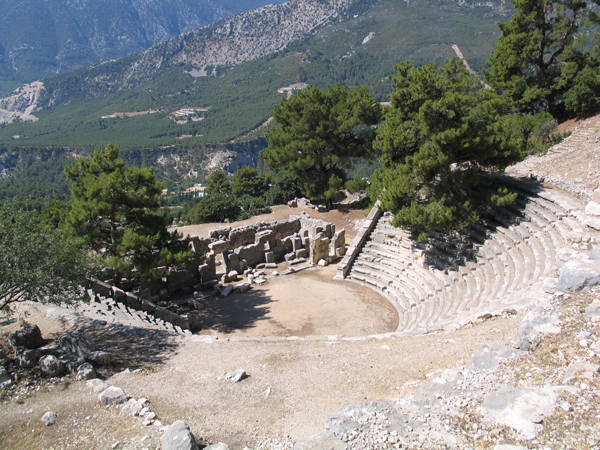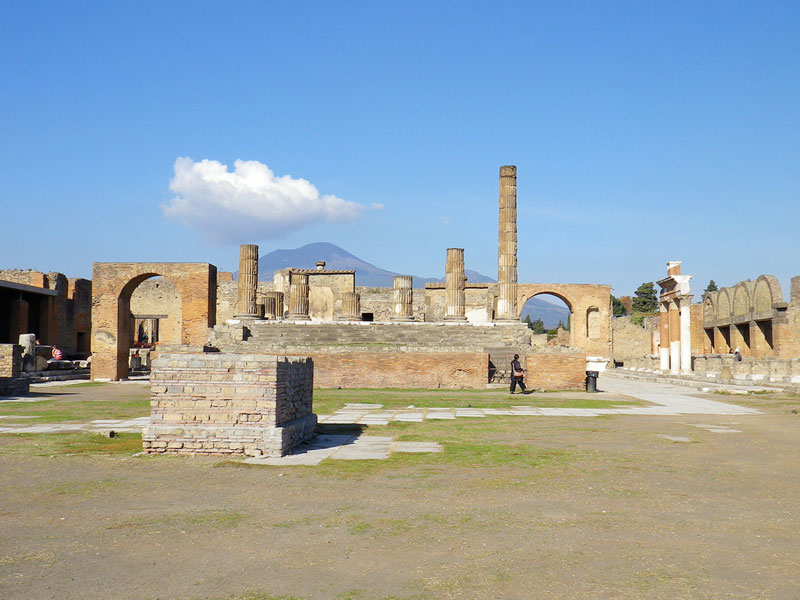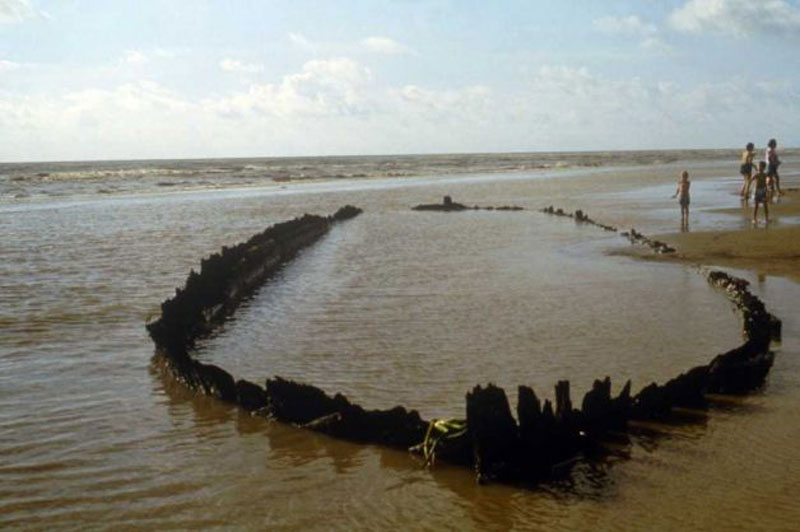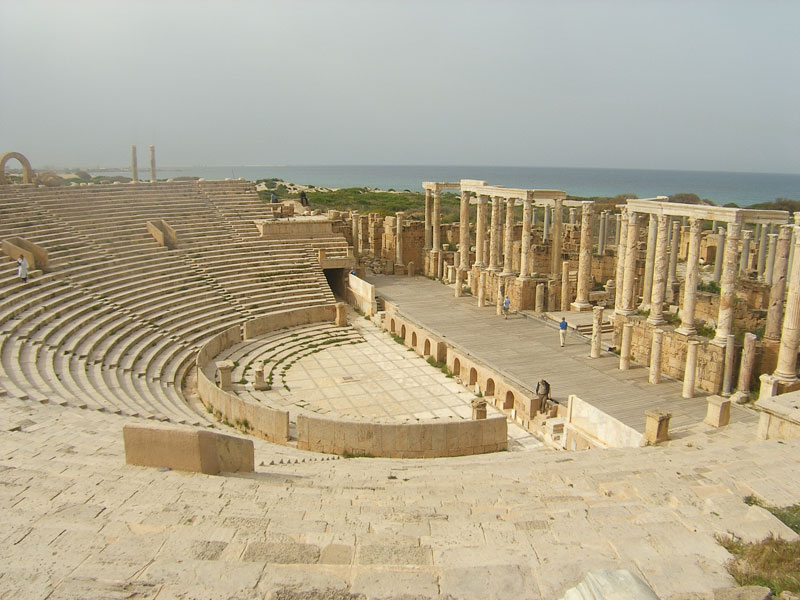
Arykanda, in Lycia in southern Turkey, is an ancient city built on five large terraces that ascend a steep slope and overlook a magnificent valley. The city dates back to the seventh century B.C., but most of its remaining ruins date from between the fifth century B.C. and the Roman period, when the city enjoyed its greatest prosperity. After the city was severely damaged in an earthquake in the third century A.D., it was largely abandoned and left untouched for more than a thousand years. The level of preservation is incredible, according to Jennifer Tobin, an archaeologist with the University of Illinois in Chicago. She compares Arykanda to the more famous ruins of Delphi in Greece—only bigger and without all the tourists. Tobin, a specialist in the archaeology of Turkey, was shocked when she first saw Arykanda. "When you see the site, you really feel like a nineteenth-century traveler who just happened upon the site for the first time," she says. "It is a truly magical place."
The site
Arykanda's wealth came from lumber—it was a source for much of the ancient world and was located on a river, where the wood could be sailed down to the sea to be sold. Today, the ruins of the city climb steeply up the hillside, and visitors can ascend the original stairs. Near the entrance, visitors will see the "street of tombs," a roadway lined with richly decorated monuments. On the terraces, among other structures, are seven bath complexes, an agora where the remains of shops can still be seen, a well-preserved theater, and an odeon where a frieze bearing a portrait of the emperor Hadrian was found. Above that is a stadium with tremendous views of the valley below. Free of crowds, it's an excellent place for a picnic, says Tobin.
While you are there
When you're done touring the site—you'll need at least three hours to cover it completely, says Tobin—walk a little bit inland to see a cascading waterfall, one of the natural springs that used to supply the city's water. There, local farmers and truckers mill about in the shade, enjoying ice cream, fruit, nuts, and beverages from concession stands. The locals will be thrilled to have you, says Tobin, and normally offer some of their food or drink. Arykanda is on the Finike-Elmali Road. Following its "Elmali" signs through the plain of Finike will bring you to the riverside Altintas restaurant for fish and grilled meat. If you plan to stay overnight, there are hotels in nearby Antaly, Kemar, or Kosh.










